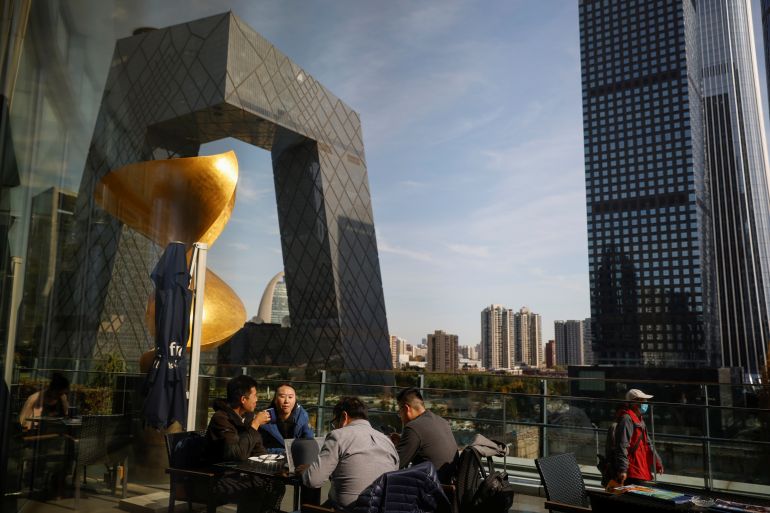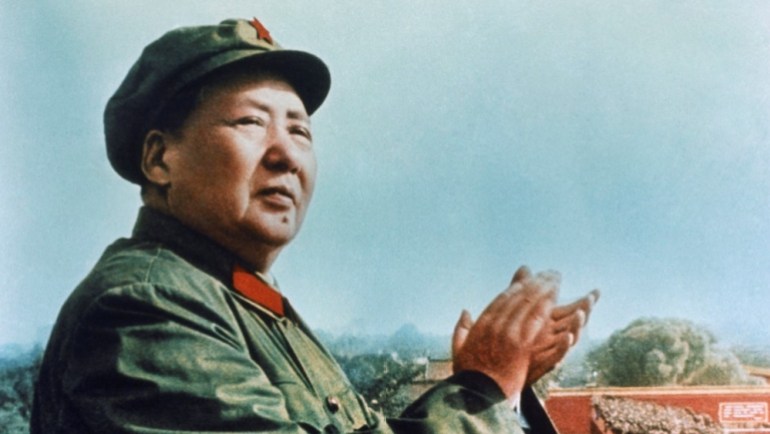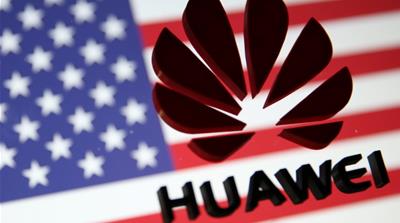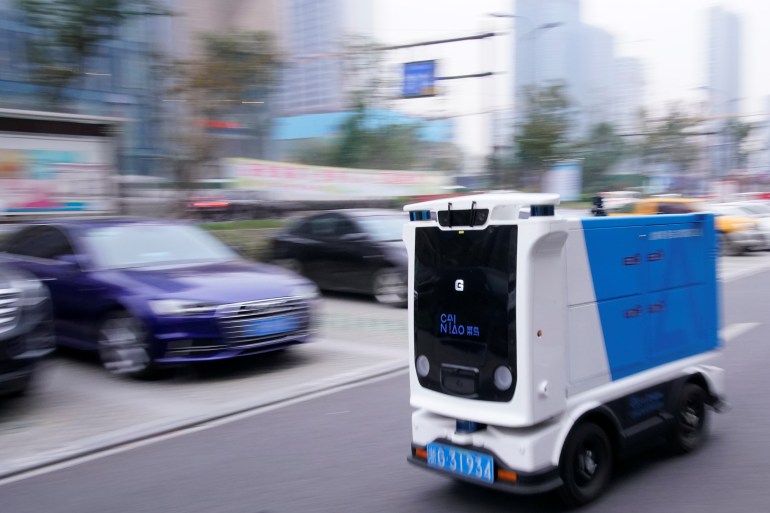Five questions about China’s latest five-year plan
From achieving ‘healthy’ growth to technological breakthroughs, China has outlined its economic goals and strategies for the next five years.

After four days of private meetings among the top echelons of China’s ruling elite, Beijing has outlined its economic and social goals for the next five years.
The Chinese Communist Party’s 14th five-year plan, covering 2021-2025, is being laid out while China faces some conflicting priorities.
Keep reading
list of 4 itemsIs China’s recovery helping Asia’s other big exporting economies?
Xi’s carbon neutrality vow will reshape China’s five-year plan
China to sanction Boeing, other US firms over Taiwan arms sales
These include maintaining a fast-enough economic growth rate to generate jobs and opportunities for the majority without worsening the already wide income inequality gap and protecting the environment. Another is having to engage with the world economy while the United States seems determined to curb its global influence.
Beijing’s communique released late on Thursday did not go into the fine details of its plans. Those will be fleshed out at the National People’s Congress – the equivalent of an annual sitting of parliament – in March.
But it did outline some broad goals, including achieving what it described as “healthy” economic development, becoming a “moderately developed” economy by 2035 and remaining committed to the “peaceful development” of ties with Taiwan, which it considers a rebel province and part of Chinese territory. And it is doing all this while recovering from the coronavirus pandemic which began in China late last year.
More on these topics below, but first, here are five questions about China’s five-year plans.
Firstly, why does China plan its economy out in five-year blocks?
China began rolling these out in 1953, four years after Mao Zedong’s Communist revolution. Most Communist countries, including the former Soviet Union, planned their economies this way. But China carried on doing so even after the collapse of the USSR and as it transitioned from a purely socialist economy to a more capitalist model.

And while China has embraced market forces in many aspects of its economy, it retains a much more centralised system than the West.
“China’s five-year plans are not designed to attract votes or score political points as is done in the West by some politicians. They are aimed at realizing the people’s aspirations for a better life,” the state news agency Xinhua said in an article published this week in the Communist Party-controlled Global Times newspaper.
So how does the five-year planning system work?
According to the same article, “The decision-making process involves input from thousands of think tanks, government agencies, universities, prominent scholars and professionals.”
The government received more than one million suggestions for the 14th Five-Year Plan from Chinese netizens during a two-week period in August, the paper said.
Those proposals were discussed during the plenary session of the Communist Party’s Central Committee this week, a series of meetings involving about 200 of its leaders including President Xi Jinping.
What have some of China’s previous five-year plans been about?
The first five-year plan for 1953-1957 was all about transitioning from an agrarian economy to an industrialised one, albeit with socialist underpinnings and modelled on the Soviet Union. Mao’s newly formed government poured money into boosting coal and steel production.
Mao doubled down on this industrialisation strategy in the second five-year plan, which ran from 1958 to 1962, also called “The Great Leap Forward”.

From the late 1970s, under Deng Xiaoping, China had started embracing market forces and began opening itself up to the outside world by investing in export industries, a period covered by the fifth, sixth and seventh plans.
The current, 13th plan period from 2016 to 2020, has been about making China a “moderately prosperous society”, reducing its reliance on exports for economic growth and ensuring that growth is sustainable, both socially and environmentally.
Have these plans worked?
Overall, yes, they have. But not always.
In fact, The Great Leap Forward was a catastrophe. Mao’s rush to industrialise left China’s farms severely under-resourced, resulting in famines affecting millions of its people.
But from the late 1970s, China’s growth and development have been spectacular. Today, it is the world’s second-biggest economy after the US.
Gross domestic product(GDP) per capita has grown from the equivalent of $89.5 in 1960 to $10,262 in 2019, according to World Bank data based on current exchange rates, a 115-fold increase. Meanwhile, the proportion of Chinese people living below the equivalent of $1.90 per day fell from 66.3 percent in 1990 to 0.5 percent in 2016, also according to the World Bank.
![China growth since 1953 chart [Bloomberg]](/wp-content/uploads/2020/10/365630509.jpg?w=770&resize=770%2C481)
But there have also been some unintended consequences to that rapid growth.
One has been a yawning gap between rich and poor, a situation made worse by the coronavirus pandemic.
Meanwhile, the emphasis on growth at all costs and rapid industrialisation for much of the 1990s and 2000s has taken a toll on China’s air and water, and as a result, people’s health.
And it has resulted in large trade surpluses with the rest of the world, making countries that once supported China’s entry into the global economy now wary of it.
So what is in the latest five-year plan?
Growth target
It did not give a specific growth rate target for the coming five years.
But the 14th five-year plan says China aims to have a GDP of 100 trillion yuan ($14.89 trillion) this year, slightly more than the $14.34 trillion figure at the end of last year. Even a small positive growth rate this year would make China one of the best-performing economies of 2020, given the economic devastation caused by the coronavirus.
![GDP per capita chart [World Bank]](/wp-content/uploads/2020/10/Screenshot-2020-10-30-at-12.00.32-PM.png?w=424&resize=424%2C309)
It also said it wants to be a “moderately developed” country by 2035, by which it means a GDP per capita of about $30,000, analysts say, nearly three times its current level. That would put it roughly on par with South Korea or Spain, based on World Bank figures.
That is a subtle, but important, shift in emphasis from its aim of becoming a “moderately prosperous society” by the end of this year as part of its current five-year plan, a set of policies aimed at modernisation and the elimination of poverty.
‘Dual circulation’
This is a concept Xi first mentioned in May, and has now become part of the plan for the next five years.
In essence, Beijing is saying it wants its future growth to be based mostly on internal cycles of production, consumption and distribution of goods and services.
Faced with a punishing trade war with the US and a government that wants to contain the rise of Chinese technology giants like Huawei – the global leader in the latest generation mobile telecommunications equipment – it is little surprise that China is turning inwards for its economic progress. With a middle class of about 400 million people, it can afford to do so.

It acknowledged that China now faces a “complicated international situation”, something that is unlikely to change whoever wins the US presidential election on November 3.
But China is also keen to stress that it is not turning its back on the outside world and that it wants to continue to engage in international trade, the now de-emphasised, less well-defined second part of the dual-circulation strategy.
Technology
A cornerstone of the current 13th plan has been “Made in China 2025”, a push to nurture and develop high-tech industries.
The new plan calls for a continuation of that strategy, putting innovation at the heart of China’s modernisation drive.
“Making major breakthroughs in core technologies in key areas, China will become a global leader in innovation,” Xinhua said.

According to analysts at global banking giant HSBC, the 14th plan will aim to strengthen industrial supply chains that were disrupted during the early stages of the pandemic, using technology to become more self-reliant in this respect.
“In our view, this means there will be more of a policy push for higher [research and development] spending in the coming years, especially in strategically emerging sectors such as biotechnology, semiconductors and new energy vehicles,” Qu Hongbin, chief China economist at HSBC, said in a research note sent to Al Jazeera.
Green development
China aims to stabilise and then reduce its carbon emissions, the world’s largest for a single country, “with the goal of building a Beautiful China” by 2035, according to Xinhua.
Inequality
Another key goal of the 14th plan is to reduce the widening gap between urban and rural living standards, something that could threaten the very existence of the Communist Party if it leads to social instability.